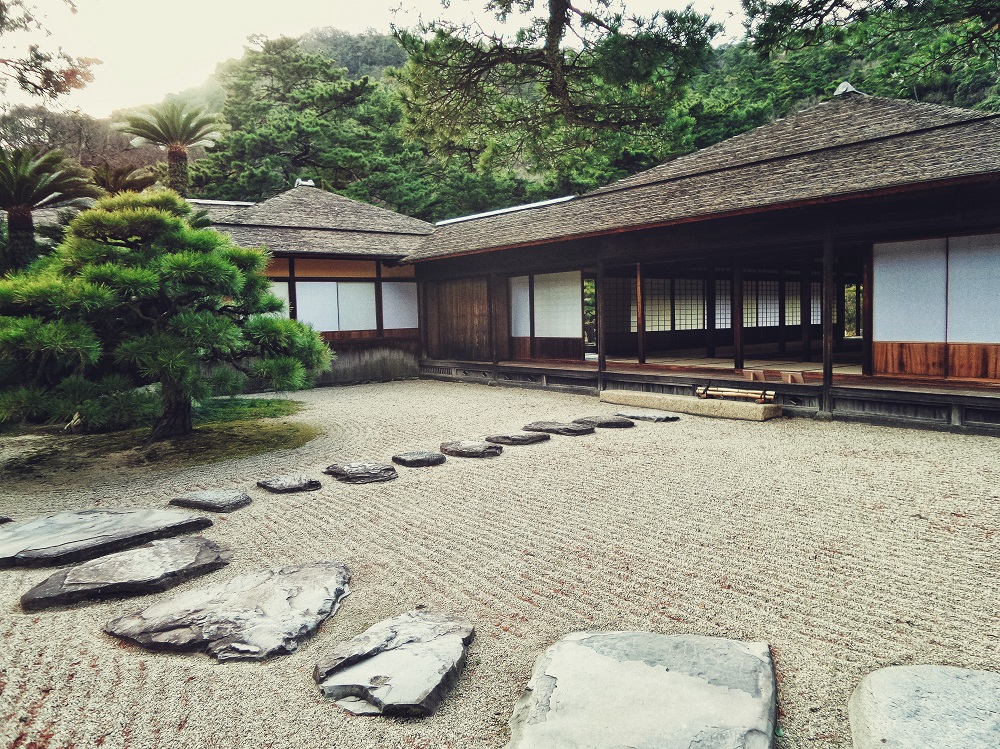Greenhouses are vulnerable to rising temperatures during the spring and autumn months. Without quality protection from the heat, your plants will suffer from dehydration due to the dry atmosphere and prolonged period of high levels of heat.
Fortunately, if your greenhouse conservatory’s design permits sufficient shading, air circulation, and humidity, your plants will thrive despite the heat. If your design is not capable of doing a 100 percent job on shading and ventilation, there are still things you can do.
How to Shade and Ventilate Your Greenhouse
Leaf temperature is controlled by transpiration, the movement of water through the plant and out through its surfaces. This process has a cooling effect on the leaves. Plants that are dry at the roots are at more risk than plants with enough moisture at the roots. Transpiration ensures the plant is nourished and hydrated.
To maintain an ambient temperature in your greenhouse, you will need to focus on the following:
- There are three places in your greenhouse in which the air can enter and exit:
- The side vents
- The door
- The roof vents
With a larger greenhouse, completing a change of air within the greenhouse can occur within every two minutes due to the wider floor area. Smaller greenhouses, on the other hand, cannot do the same since not all small greenhouses have a higher glass to floor area ratio. As a result, plants in amateur greenhouses are vulnerable to overheating.
Additional shading can help reduce the light falling on the plants. You should always keep your door open to allow more air into the room. If your greenhouse lacks roof vents, you can install louvered side vents instead.
For effective ventilation:

- Look for signs that ventilation and shading are required: leaf scorch, sun-flag, desiccation of tender young shoots and plants.
- Monitor greenhouse temperature with a thermometer that has a maximum-minimum feature.
- Temporarily remove panes from the glasshouse to promote better ventilation.
- Fit automatic vent openers to ensure the roof vents are still open even when you are not around.
Opening doors and vents to release some of the pent-up heat in the greenhouse is possible, but it is often insufficient, which means you’ll need more shading from mid-spring to early autumn.
There are different means you can shade your greenhouses and conservatories:
- External blinds. These shades offer a maximum cooling effect by preventing the sun’s rays from passing through the glass. During dull weather, you can easily draw them up to allow maximum light on to the plants.
- Internal blinds. These will not cool your greenhouse as effectively as external blinds. But they are more easily automated than external shadings.
- Shading paints. These paints are diluted in water and can be painted onto the outside of the glass during springtime.
- Shade netting. Usually placed inside the glasshouse, this shade is a more affordable option compared to blinds.
With proper shading and ventilation, your plants can still thrive no matter what the season is. Consider investing in these elements today to enjoy healthy plants all year long.


